If you come home after a long day, you know how relaxing it is to lie on the rocking chair and rock your stress away. While most people associate rocking chairs with infants and our senior citizens, research proves them to be a general relaxer and mood-booster.
Table of Contents
History of Rocking Chair
While Benjamin Franklin gets all the credit for inventing the rocking chair in 1710, this remains untrue. The word ‘rocking chair’ first appeared in the Oxford English Dictionary in 1787, yet other sources show that the early farmers and cabinetmakers first made them.
The earliest rocking chairs were first spotted in England in the 18th Century, around 1725. These were outdoor-style rocking chairs with ice skates for the rockers.
The Windsor chair’s back had a hood shape with birdcage-like rods.
Wicker rocking chairs began gaining popularity in America in the mid-18 Century. People recognized and loved them for their inventive designs and artistry.
From the early 1800s (late 1820s to the 1840s), a new design of the Windsor rocking chair known as the Boston rocker came to New England. It became the first-ever volume-produced rocking chair.
In 1860, a German craftsman named Michael Thonet made the first bentwood rocking chair. This design was elegant and lightweight, borrowing the Roman, Greek, Renaissance, and colonial-times skill.
In the 1920s, folding rocking chairs gained popularity in Europe and the United States. People loved them for their versatility, especially in outdoor activities and travel escapades.
In the 1950s, an American craftsman named Sam Maloof created rocking chairs that gained traction for their unique designs and robustness. In 1955, President John F. Kennedy had his physician prescribe swimming and using a rocking chair after he suffered severe back pains. He got the P & P rocking chair, which he loved so much that he continued using post-recovery.
This rocking chair slowly became a staple in many American homes referred to as The Kennedy Rocker. Since then, rocking chairs have undergone modifications that brought in the modern rocking chairs we see today.
Types of Rocking Chairs
Rocking chairs differ in terms of design, place of invention, and shape. Here are the main types of rocking chairs:
Platform/Swing Rocking Chair
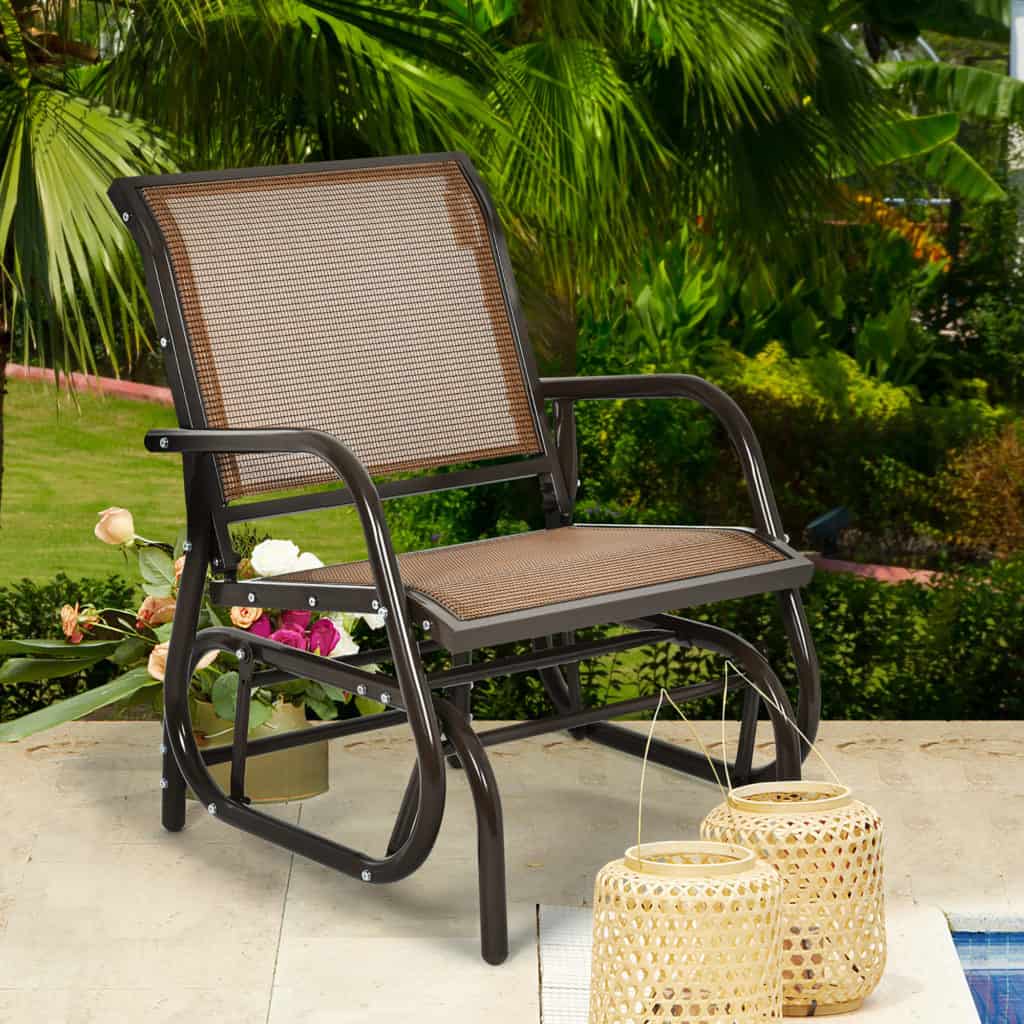
This rocking chair has its rockers as a stationed base instead of on the floor. The platform chair got introduced to the United States of around 1870. It became famous for offering comfort without needing oscillation.
Bentwood
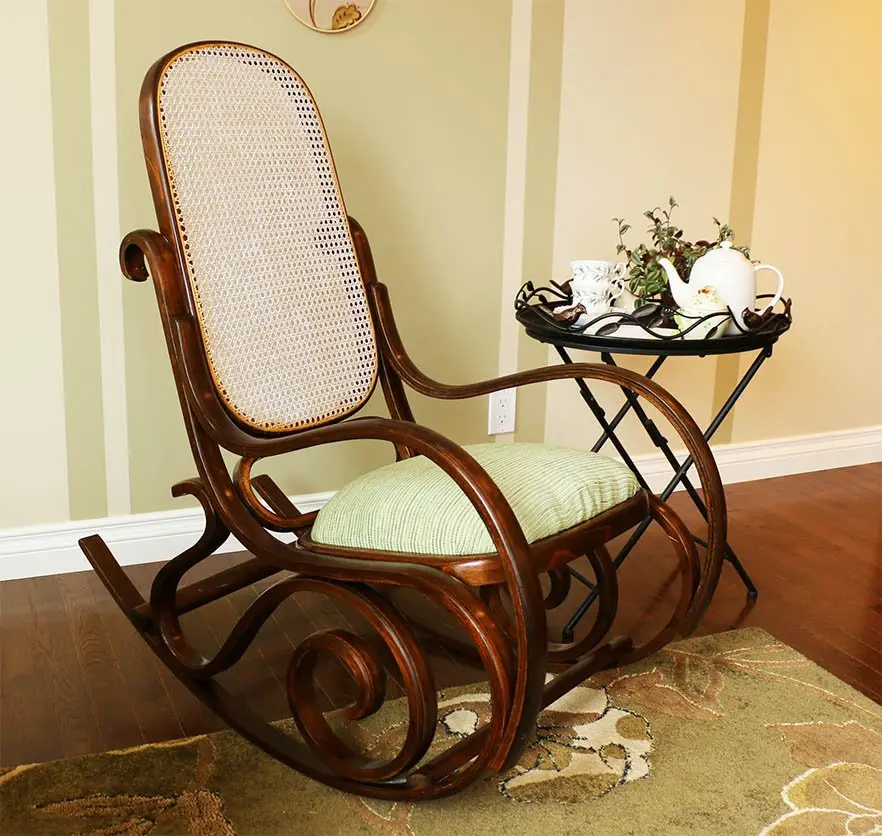
The German craftsman Michael Thonet created the Bentwood rocking chair in 1860. It gets its name from the process of making it, which involves heating wood over steam before bending it into the desired form. The result is a stylish swirling rocking chair that adds a touch of sophisticated coziness to your space.
Boston
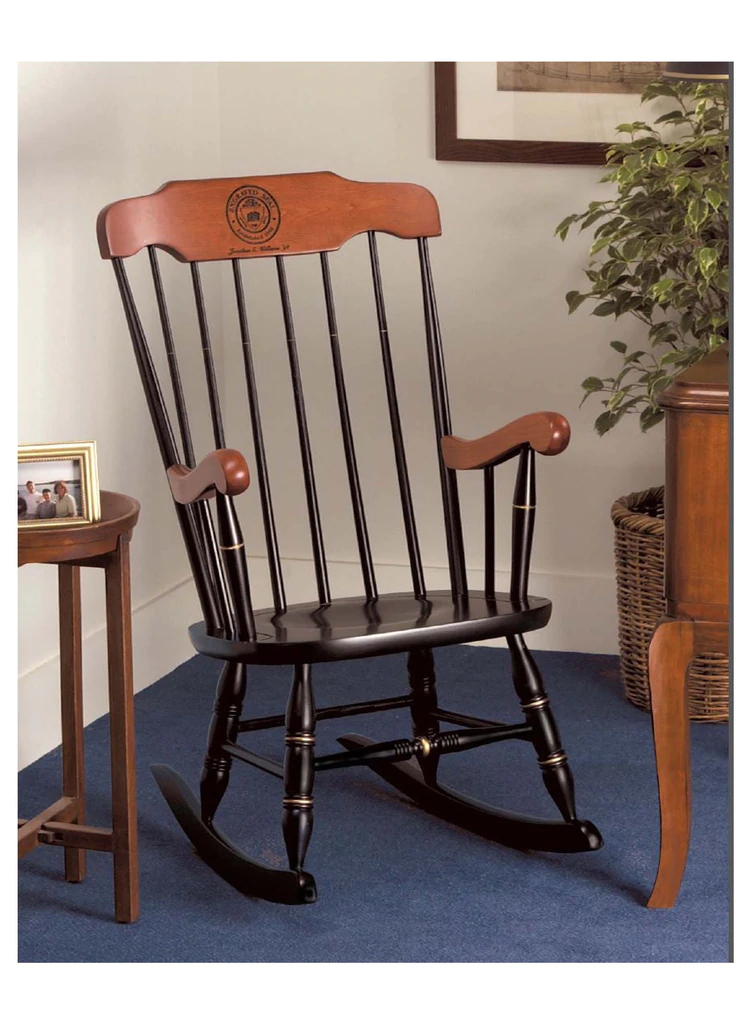
The artisans in Connecticut made the Boston rocking chair which people spotted first in 1840. It was a simple yet elegant piece with a spindled and raised back with firm yet comfortable arms.
The traditional ones used wood from pine and oak, which had a black painting after design. The rocking chair had fruit and flower design embellishments.
Folding Rocking Chair
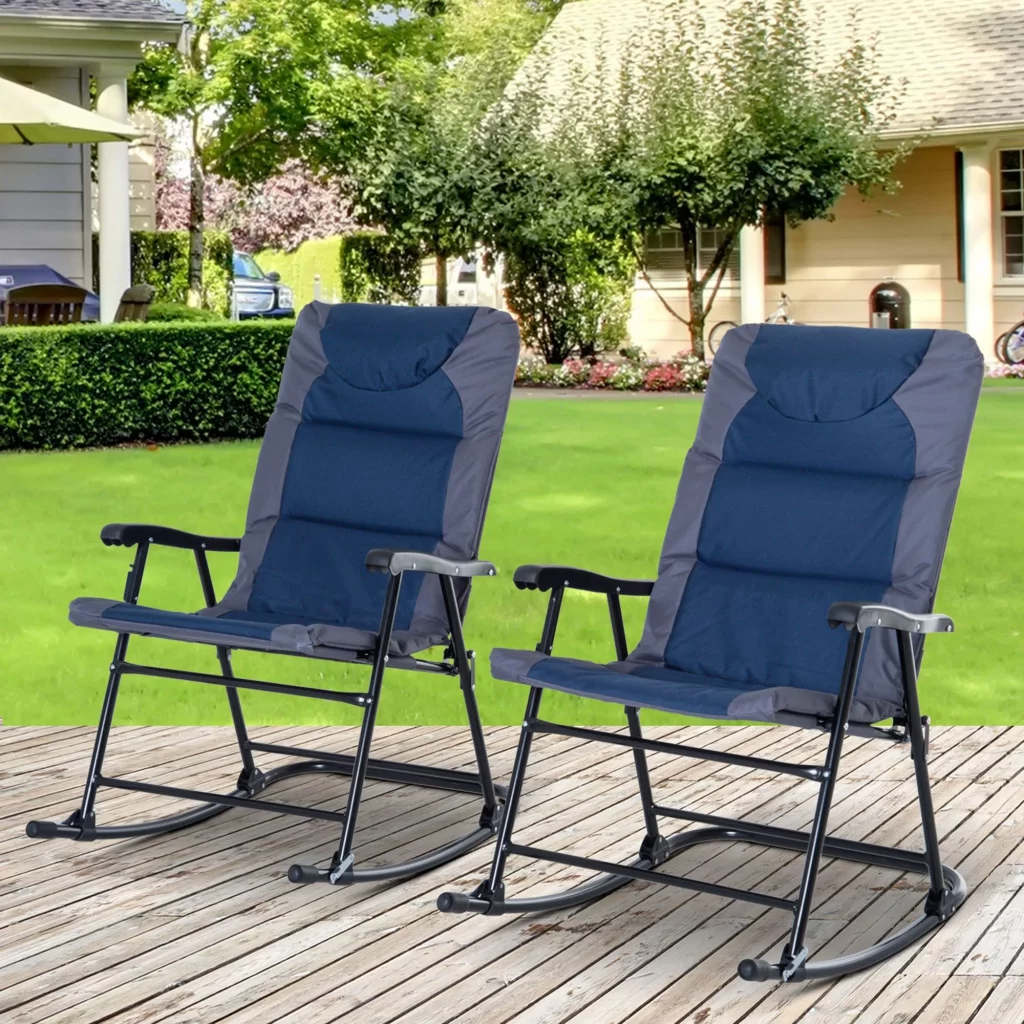
The folding rocking chair gets its name from its ability to be folded with the back going over the seat for ease of storage and movement. It gained popularity in the 1870s, after which artisans produced it in different styles.
Ladderback
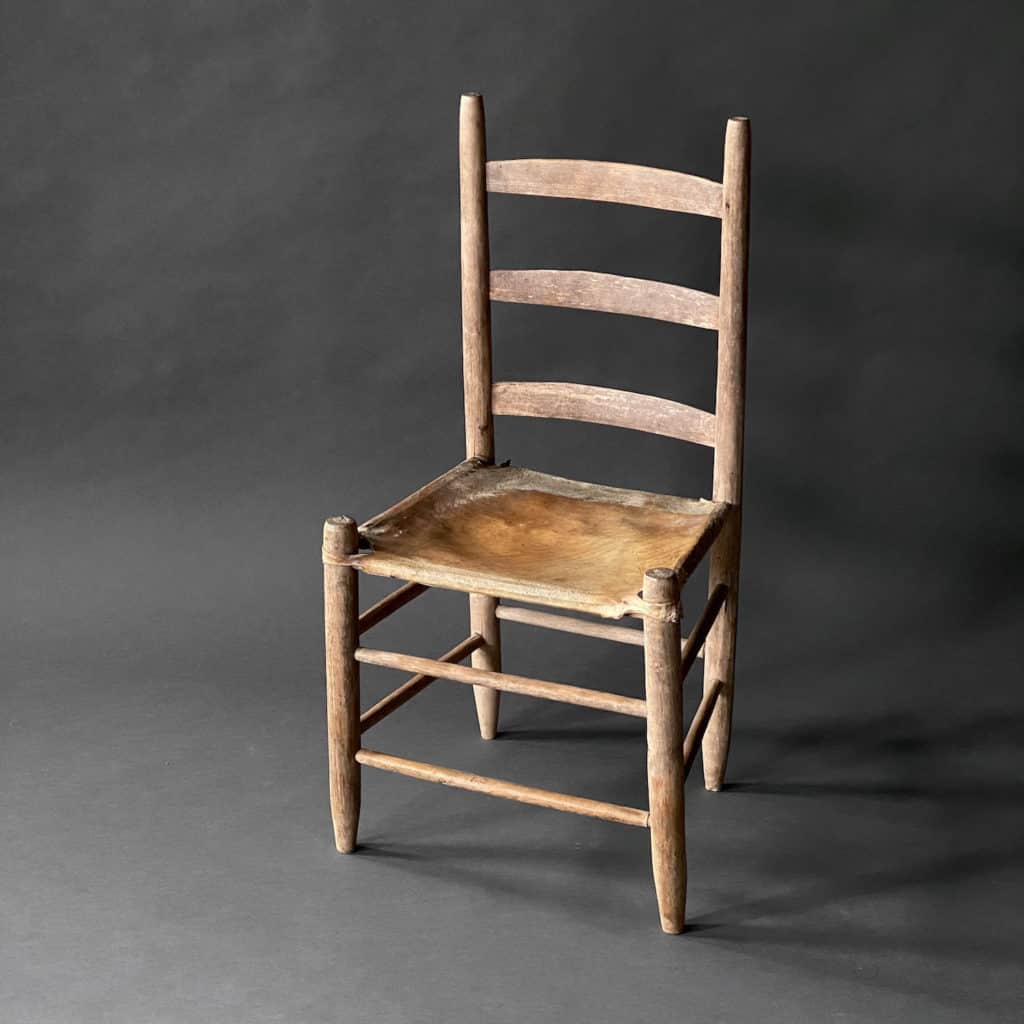
This rocking chair gets its name from the shape and design of its back. It has a tall back with horizontal slats or beams for the upright sitting posture. In addition, the ladderback is a known country rocking chair.
Pressed back
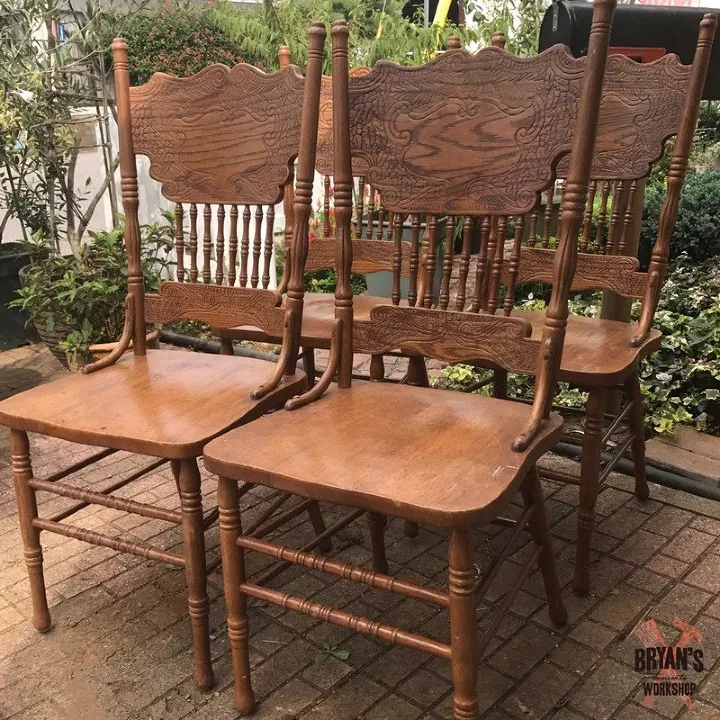
The pressed back rocking chair gets its name from its raised back design. It forms a portion of the American colony renewal style, which continued from 1870 to 1920.
Windsor Rocking Chair
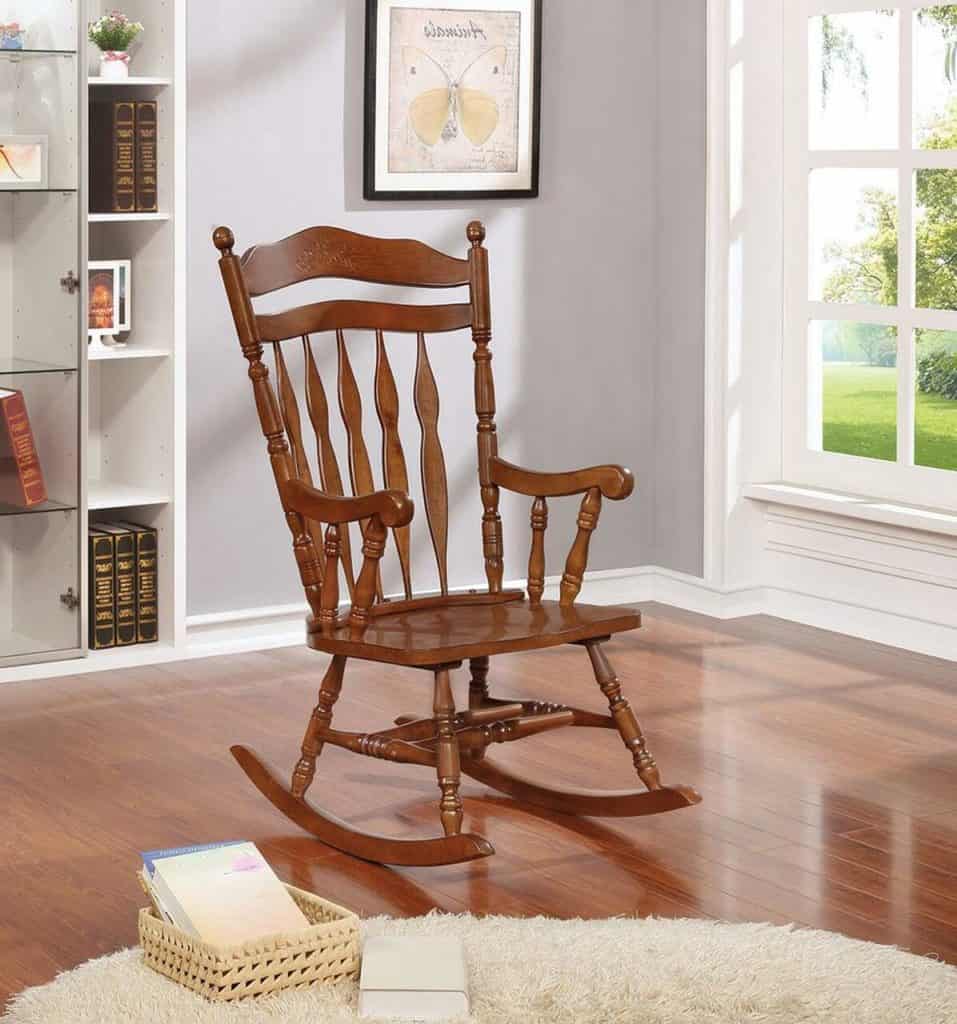
The Windsor rocking chair came into the U.S.A. in the 1720s. It became famous as a garden or outdoor chair in rural England from the 1700s to the 1800s.
The artisans made it by adding rockers to an ordinary Windsor chair. A regular Windsor chair has spindles going down its back and armrests. When adding the rockers, the artisans fit them into the spindles too.
The Windsor rocking chair has since undergone modifications into different designs. People use it as an outdoor rocking chair to date.
Wicker Rocking Chair
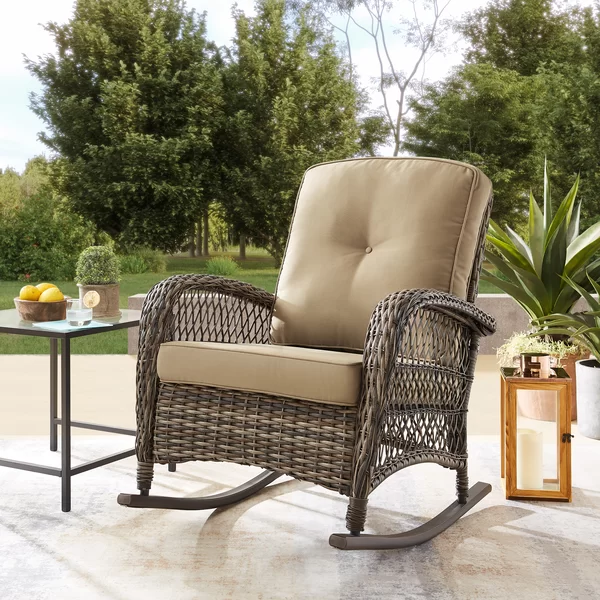
It started becoming popular in the U.S. in the 18th Century. Some believe that it could be part of the sun parlor set. It is one of the earliest machine-produced rocking armchairs with beautiful design and artistry.
The wicker rocking chair is one of the antique designs still loved and used today. However, it is best for indoor use only since it is non-durable, lightweight, and prone to damage by natural factors like wind and rain.
The ‘Kennedy Rocker’ Rocking Chair
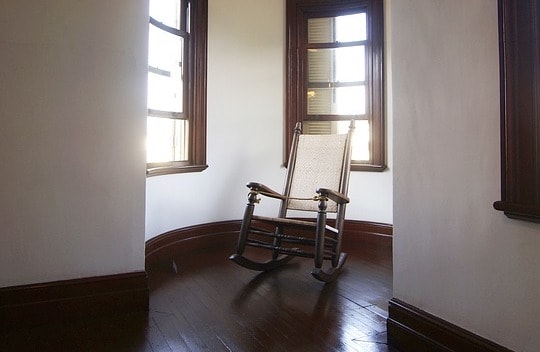
When President John F. Kennedy complained of severe back pains to his physician in 1955, he recommended swimming alongside the use of a rocking chair. Even after he got well and underwent inauguration in 1961, President John F. Kennedy loved the rocking chair so much that he took it to Air Force One.
He also brought more rocking chairs to give them out for charity and as gifts. Thanks to him, people loved the P & P rocking chair, and it slowly became a staple in most homes. If you go to John F. Kennedy Library and Museum, you will find a permanent exhibit of President John F. Kennedy’s rocking chair.
Materials used for building rocking chairs
Over time, artisans and rocking chair manufacturing companies use different materials for varied reasons such as ease of acquisition, affordability, and versatility. Here are the primary materials used for building rocking chairs:
Wood
Wood is one of the leading materials used for building rocking chairs. It is readily available in most places. In addition, it exudes natural elegance, which is aesthetically pleasing. Wooden rocking chairs are either softwood or hardwood.
- Softwood
Softwood such as pine is easily accessible and inexpensive. However, rocking chairs made from softwood are only ideal for indoor use since they are prone to weathering due to weather factors. In addition, they are easy to scratch or dent, hence requiring constant repainting or varnish.
- Hardwood
Hardwoods like mahogany and oak are sturdier and require no regular maintenance, hence fit for outdoor use. They offer longevity since they are hard to break, dent, or weather. However, they are rarer and costlier than softwoods.
Metal
Artisans prefer metal in making rocking chairs since they are durable and most resistant to rust. The main types of metal used are aluminum, wrought iron, and stainless steel.
- Aluminum
Aluminum is one of the primary metals used in crafting outdoor rocking chairs. People love them since they are lightweight and rust-resistant, making them ideal for beach use. Despite aluminum being low maintenance, producers advise painting or coating them, especially if you will be exposing your aluminum rocking chair to direct sunlight.
- Wrought Iron
Wrought iron is one of the sought-after metals for making stylish rocking chairs, thanks to its ability to be molded into different shapes and forms. Painting wrought iron rocking chairs improves the quality of life of this rust-prone piece, making them an excellent option for outdoor activities and spaces.
- Stainless Steel
Stainless steel is lighter than wrought iron but heavier than aluminum. It is resistant to rust and requires little to no maintenance, making it ideal for outdoor use. However, stainless steel is costlier than the other two metal options.
Wicker
Wicker material was famous for making rocking chairs in the 18th Century. However, they are apt for indoor use only since they can get spoilt by natural elements such as water and wind. One disadvantage of the wicker rocker is that it requires high maintenance to keep its stylishness.
Plastic
The plastic rocking chair is a modern rocking chair design that is affordable and easy to maintain. Its resistance to rust makes it ideal for outdoor use. However, despite its affordability, it is prone to wear and tear and can easily be blown away by the wind.
High-Density Polyethylene (HDPE) Lumber
HDPE Lumber is an expensive, long-lasting, and no-maintenance material used in making luxurious rocking chairs. Its resistance to natural elements like wind, water, and rust makes it ideal for outdoor use.
Is my rocking chair an antique?
If you are an antique furniture enthusiast, you know how precious antique rocking chairs are. The best way to tell if your rocking chair is an antique is to inspect chair marks, the material used, and its style. Other methods include checking or estimating their year of manufacture and whether they were machine-made or handmade.
Here is your guide to helping you determine if your rocking chair is antique:
Inspect Chair Markings
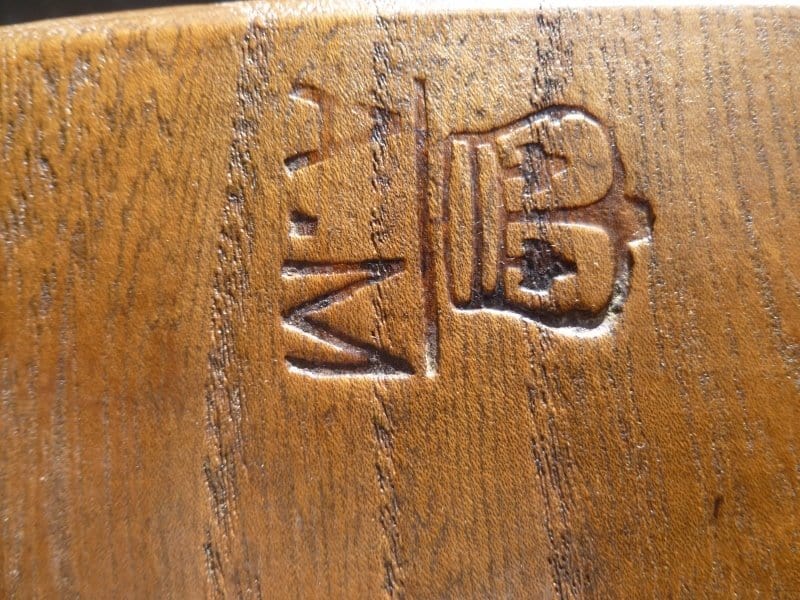
Rocking chair companies mark their chairs with information such as year of manufacture and company name. The markings entailed words, numbers, or a mix of both. Check the spindles, backrest, or the rocking chair’s underside for such markings.
Often, old rocking chairs had these marks handwritten. Other forms include writing the numbers using a pen or pencil on a label before being stuck on the rocking chair. It was also not uncommon to find an antique rocking chair with stamps containing the producer’s information.
If your rocking chair has no such visible marks, it does not negate that it could be an antique. Since the art of marking rocking chairs began in the 18th Century, there is a possibility that the labels or stamps could have rubbed off over time.
Material of the Rocking Chair
Most antique rocking chairs used wood in production. Still, the types of wood used varied according to time. From the early 1600s until the 1700s, colonial American furniture came from hardwoods like maple and birch. In the late 1600s, mahogany and walnut gained popularity.
By the mid-1700s, walnut’s popularity in Europe started declining, with mahogany taking over, especially in England and America. It persisted through the early 1800s and the mid-1800s.
Rocking chairs with plastic, metal, and High-Density Polyethylene (HDPE) Lumber shows that the artisans made them much later.
The Finish on the Rocking Chair
Most wooden antique rocking chairs have a protective finish. Additionally, most wooden American rocking chairs before the 1860s have a shellac finish. Producers and artisans applied shellac in thin layers with the outcome of having a deep polished finish.
If your antique rocking chair has a varnish or lacquer finish, the artisans made the chair after the mid-1800s. Lacquer’s application was much thicker and less shiny than shellac. Varnish, however, would flake off with age.
Other finishes used in old times were milk paint, oil, and wax.
Mode of Production
Most rocking chairs before the mid-1800s were handmade. However, a handmade rocking chair is not enough proof of its antiqueness. Some modern craftsmen still apply ancient methods of making rocking chairs.
To ascertain old age in a rocking chair, inspect it as a whole. Most old antique chairs have slight variances in the evenness of armrests or rockers since they were handmade. In addition, most handmade joints use glue and pegs, giving them a rougher look than the modern ones that are smoother and cleaner.
It was not until the mid-1800s that machine-made nails and screws started gaining traction. The old nails were square and irregular. If you spot such on your rocking chair, it shows that it could be an antique.
Mass production of rocking chairs began around the late 1800s and the early 1900s. In addition, modern designs include materials like metal and plastic. They also have more minimalistic designs with wide-ranging reupholsters.
Examine the Rocking Chair Joints
Another way of ascertaining old age is by inspecting the joints of your rocking chair. Antique rocking chairs have pointy or rough edges or splinters. After using handsaws and handheld chisels, you could also spot the artisans’ woodcuts and marks left behind.
Check the Style of the Rocking Chair
The style of your rocking chair can help you tell if it is an antique furniture piece. Most techniques such as the platform, Boston, Bentwood, the folding rocking chair, and the Wicker rocking chair existed around the mid-1800s.
While checking the style of your rocking chair, be keen on recognizing other giveaway signs such as the type of material, mode of production, and finish. Some modern craftsmen have perfected the art of imitating antique pieces and selling them as antiques even though they are not.
How much does a rocker chair cost?
The average rocker chair goes for about $50 to $1000. The cost of your rocker chair will depend on the type of material, level of support, and longevity. Rocker chairs made from hardwood like mahogany are durable and require less maintenance than ones from softwood like pine.
While you could be lucky enough to get an antique rocker chair for as low as $100, most antique rocker chairs are costlier than their modern counterparts. Some cost as high as $3,500.
An aspect that influences the prices of antique rocker chairs is the material. Most antique chairs used hardwood such as oak, mahogany, and birch. These hardwoods offer durability, which is why antique rocker styles like Boston are still in good condition decades later.
In addition, their rarity and the seller’s sentimental value have influenced the pricing Here is a table showing how much you can get the rocking chairs;
| ROCKING CHAIR | PRICE |
| Folding rocker chair | $295 – $3,449 |
| Bentwood rocker chair | $1,100 |
| Boston rocker chair | $250 – $800 |
| Ladder back rocker chair | $20 – $800 |
| Wooden rocker chair | $75 – $1,300 |
| Glider rocker chair | $160 – $800 |
| Nursery rocker chair | $160 – $1,300 |
| Baby rocker chair | $160 – $1,300 |
| Outdoor rocker chair | $20 – $600 |
| Reclining rocker chair | $50 – $1,000 |
Is the rocking chair comfortable?
The rocking chair is comfortable, soothing, and relaxing. Most rocking chairs are polished to offer comfort. Others have a soft material to cushion the user from the sharp splinters or armrests.
Using a rocking chair helps with arthritis and back pain relief. The back and forth movement trigger your brain to release endorphins that lead to stress relief and a mood boost.
If you want to make your rocking chair cozier, purchase rocking chair pads. They are available in different sizes, firmness levels, patterns, and colors. Adding a padded cushion to your rocking chair’s seat or back improves its comfort, making it your favorite corner in your home.
Where to find an antique rocking chair?
You can find antique rocking chairs on Etsy, eBay, Amazon, and Alibaba. You can also find them in antique furniture shops online or near you or in antique garage sales.
Conclusion
The rocking chair is one furniture piece that has gained popularity in homes and outdoor spaces since its invention. When looking for antique rocking chairs, check for the material used, chair marking such as year of manufacture, mode of production, style, and the finish. Whether modern or antique, rocking chairs bring relaxation and tranquility to a relatively fast-paced world.
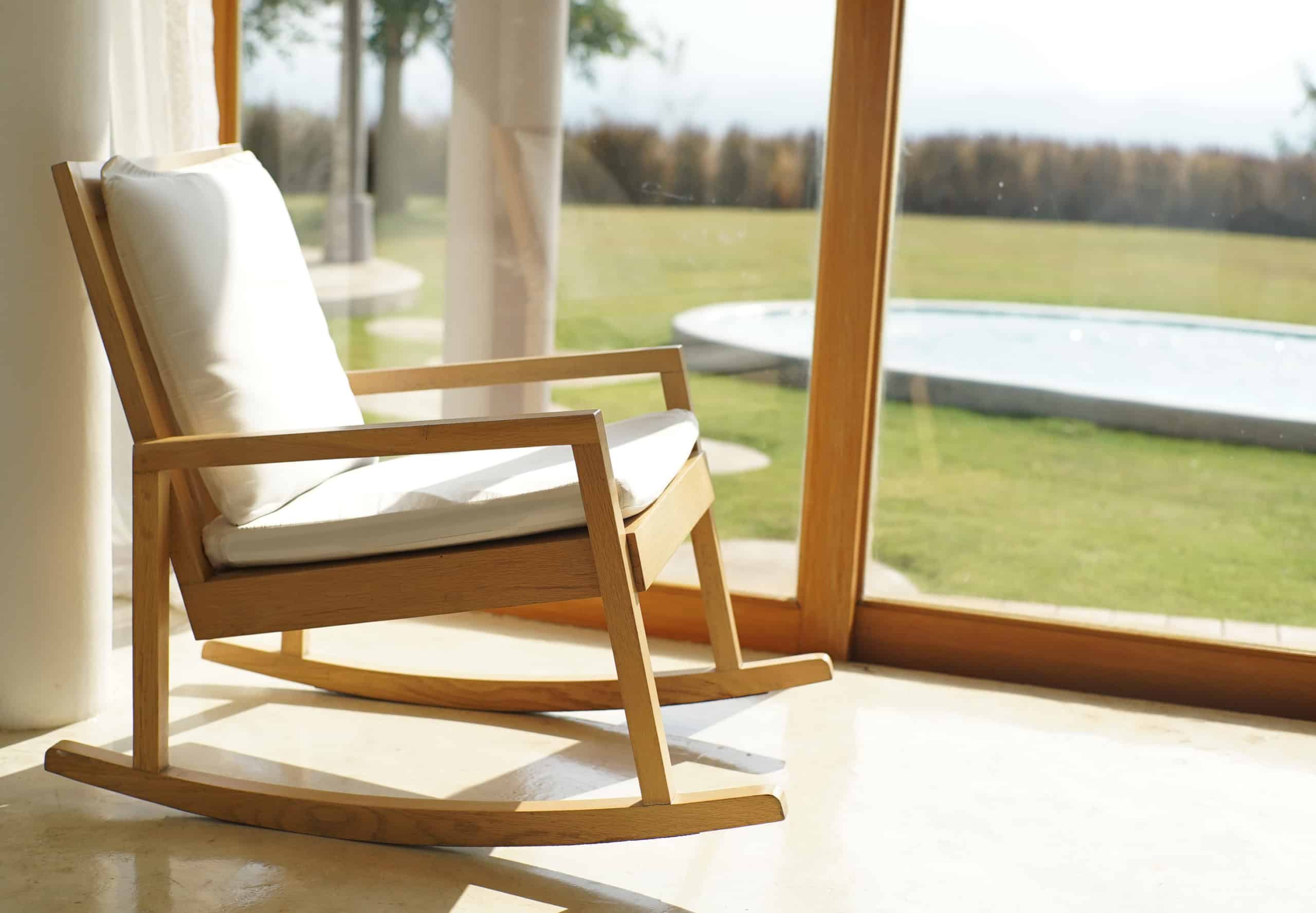
Have a 200 year old rocker, wooden. Spring upholstery type seat. Upholstery in really good shape. 1 place is missing piece of wood. I wrapped with medium brown hemp to match wood color then wrapped opposite side to match. Good straight lines. Only carving on headrest outlining shape. Anybody got any ideas.